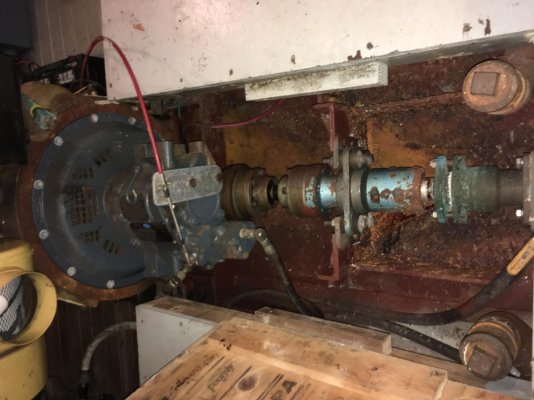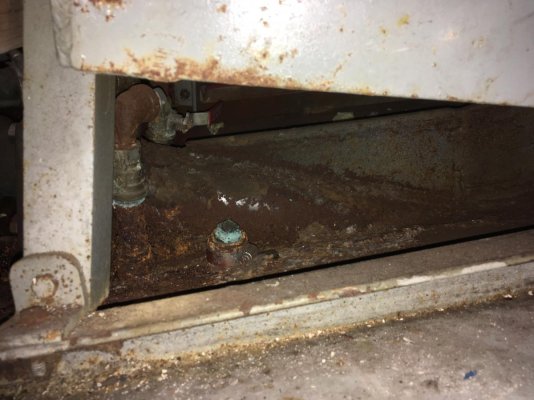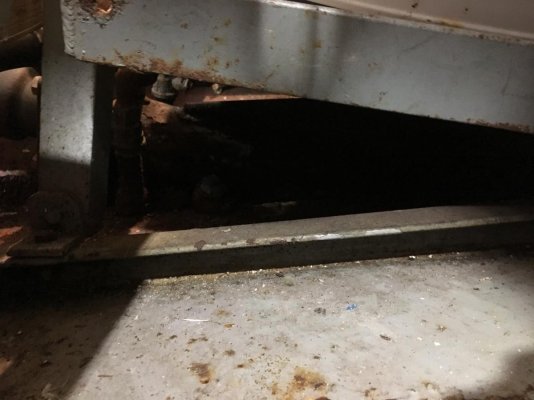LeoKa
Guru
- Joined
- Apr 15, 2017
- Messages
- 1,150
- Location
- USA
- Vessel Name
- Ironsides
- Vessel Make
- 54' Bruce Roberts steel sailboat hull, coastal LRC, 220HP CAT 3306.
I have two 400/400 gallons tanks in the keel, which are sealed and flooded with water. It's been like this possibly over a decade. I believe they are steel tanks, since they are part of the keel.
If I wish to revive these tanks and use them again, what would be the cleanup process? Anyone ever had to do this?
If I wish to revive these tanks and use them again, what would be the cleanup process? Anyone ever had to do this?











